The NanoVNA made network analyzers cheap enough for almost everyone. Now you can get a $49 spectrum analyzer to go with it. Is it worth it? Watch [IMSAI Guy]’s video after the break for his opinion. From the tinySA.org website:
- Spectrum Analyzer with two inputs, high-quality MF/HF/VHF input for 0.1MHZ-350MHz, lesser quality UHF input for 240MHz-960MHz.
- Switchable resolution bandpass filters for both ranges between 2.6kHz and 640kHz
- Color display showing 290 scan points covering up to the full low or high-frequency range.
- Input Step attenuator from 0dB to 31dB for the MF/HF/VHF input.
- When not used as Spectrum Analyzer it can be used as Signal Generator, MF/HF/VHF sinus output between 0.1MHZ-350MHz, UHF square wave output between 240MHz-960MHz.
- A built-in calibration signal generator that is used for automatic self-test and low input calibration.
- Connected to a PC via USB it becomes a PC controlled Spectrum Analyzer
- Rechargeable battery allowing a minimum of at least 2 hours portable use
A lot of cheap scopes and PC-based scopes can do spectrum analysis, too, of course, so this isn’t as exotic as a VNA. But at this price, having a dedicated instrument might be worth it to you, especially if you don’t care about frequencies below 100 kHz.
There are some limitations, of course, but the price is right. [IMSAI Guy] shows a few oddities that he didn’t like, but overall, it seemed like a good value. If you have a modern scope it may already do this function, or you might be able to do a software solution. If you only need audio frequencies and you want novelty, try some ping pong balls Continue reading “TinySA Is A $49 Spectrum Analyzer”


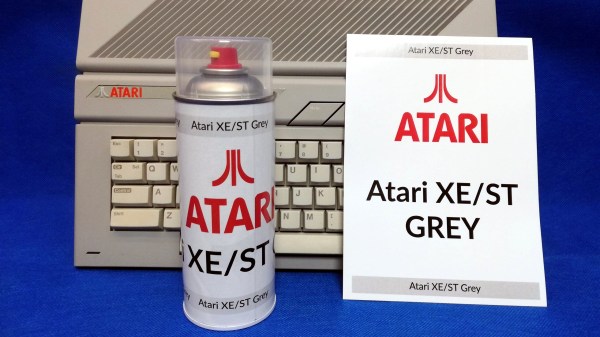
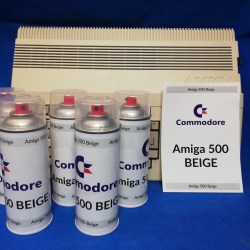
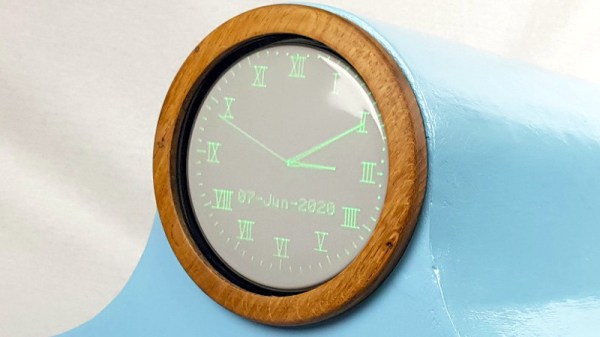



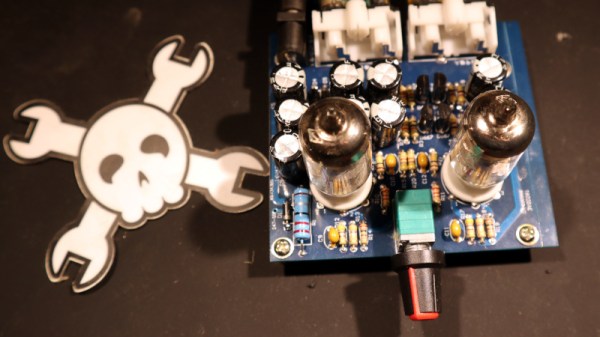
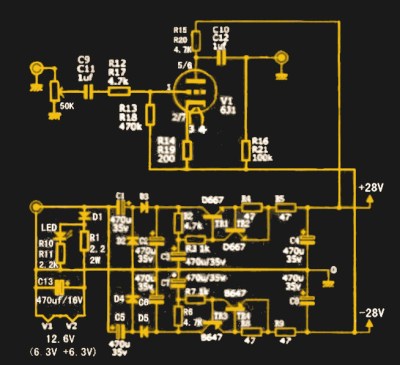 What I received for my tenner was a press-seal bag with a PCB and a pile of components, and not much else. No instructions, which would have been worrisome were the board not clearly marked with the value of each component. The circuit was on the vendor’s website and is so commonly used for these sort of kits that it can be found all over the web — a very conventional twin common-cathode amplifier using a pair of 6J1 miniature pentodes, and powered through a +25 V and -25 V supply derived from a 12 VAC input via a voltage multiplier and regulator circuit. It has a volume potentiometer, two sets of phono sockets for input and output, and the slightly naff addition of a blue LED beneath each tube socket to impart a blue glow. I think I’ll pass on that component.
What I received for my tenner was a press-seal bag with a PCB and a pile of components, and not much else. No instructions, which would have been worrisome were the board not clearly marked with the value of each component. The circuit was on the vendor’s website and is so commonly used for these sort of kits that it can be found all over the web — a very conventional twin common-cathode amplifier using a pair of 6J1 miniature pentodes, and powered through a +25 V and -25 V supply derived from a 12 VAC input via a voltage multiplier and regulator circuit. It has a volume potentiometer, two sets of phono sockets for input and output, and the slightly naff addition of a blue LED beneath each tube socket to impart a blue glow. I think I’ll pass on that component.









